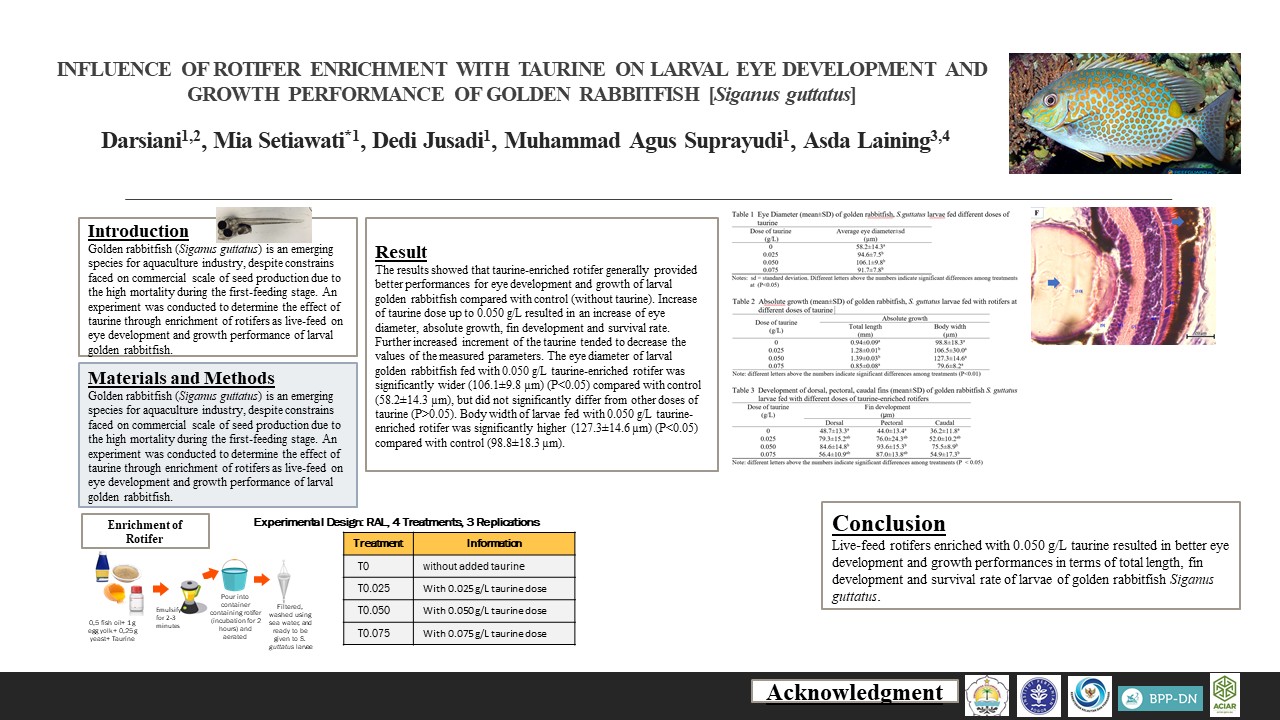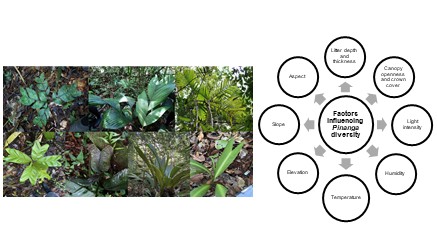HIGH OUTCROSSING RATE AND POLLEN DISPERSAL DISTANCE of Diospyros celebica Bakh. (EBENACEAE), AN ENDEMIC TREE SPECIES IN SULAWESI ISLAND, INDONESIA
Downloads
Diosphyros celebica Bakh., also known as Sulawesi ebony, is an endemic to central and northern Sulawesi. Information about pollen dispersal patterns of D. celebica have not been previously investigated. This study was aimed to determine pollination type, percentage of selfing and outcrossing, as well as distance of pollen dispersal of D. celebica. This study was conducted at experimental forest of Universitas Hasanuddin, Maros District, South Sulawesi Province, Indonesia. One hundred and sixty six individuals of D. celebica consisted of adult trees and seedlings were analyzed in this study. Ninety four adult trees were selected to become parent trees. The trees were mapped with GPS coordinates . All samples were genotyped using four SSR markers loci. Parental analysis and determination of pollen dispersal patterns were carried out using Cervus 3.0.3. Results indicated that the evaluated markers were effective for assigning candidate of male parents to all evaluated seedlings. Donated pollens could come from male parents in any directions relative to female parent positions. Pollen dispersal pattern showed outcrossing pollination among different male parents (pollen donated trees). The results indicated that seeds were produced predominatly by outcrossing. Pollen dispersal reached up to 166 m. Pollen related processes were linked through female parents, pollinators availability and ecological environment. Simultaneous use of progeny genotyping, spatially explicit analysis of environmental variables and outcomes of plant–animal interactions, were the key elements for an expanded approach to gene flow analysis considering dispersal via pollen and seeds. Research on pollen dispersal of D. celebica should be carried out in other forest types, such as mixed forest and highland forest.
Downloads
Authors who publish with this journal agree with the following terms:
- Authors retain copyright and grant the journal right of first publication, with the work 1 year after publication simultaneously licensed under a Creative Commons attribution-noncommerical-noderivates 4.0 International License that allows others to share, copy and redistribute the work in any medium or format, but only where the use is for non-commercial purposes and an acknowledgement of the work's authorship and initial publication in this journal is mentioned.
- Authors are able to enter into separate, additional contractual arrangements for the non-exclusive distribution of the journal's published version of the work (e.g., post it to an institutional repository or publish it in a book), with an acknowledgement of its initial publication in this journal.
- Authors are permitted and encouraged to post their work online (e.g., in institutional repositories or on their website) prior to and during the submission process, as it can lead to productive exchanges, as well as earlier and greater citation of published work (See The Effect of Open Access).


























